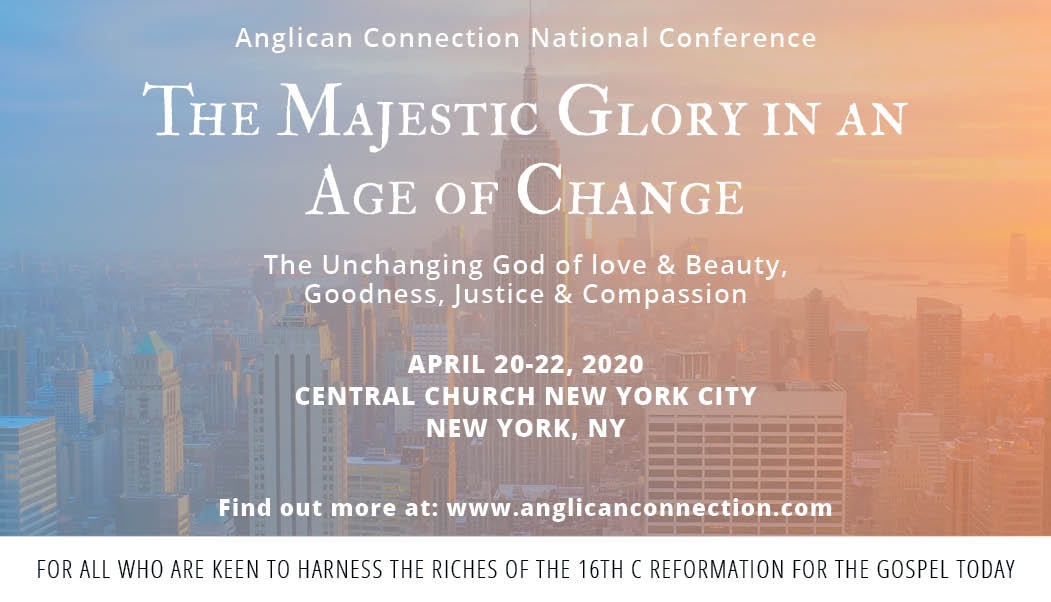
‘Justice…?
Michael Connelly in The Gods of Guilt, writes these words into one of his characters: Everybody has a jury, the voices they carry inside… Those I have loved and those I have hurt. Those who bless me and those who haunt me.
As every playwright knows, no one is perfect. Everyone of us has a character flaw.
Aleksandr Solzhenitsyn observed: ‘If only there were evil people somewhere insidiously committing evil deeds, and it were necessary only to separate them from the rest of us and destroy them. But the line dividing good and evil cuts through the heart of every human being. And who is willing to destroy a piece of their own heart?
The greatest problem on earth. The reality is that all of us, even the best of us, are a strange mixture of good and evil. One way or another, in varying ways and varying degrees, we contribute to the world’s problems. Is there any hope?
The greatest news is that there is hope. And the most surprising thing is that the rescue comes from outside, from the one who set the movement of our existence into motion. Paul concluded his speech to the Athenian academia by saying, ‘In the past God overlooked such ignorance, but now God commands all people everywhere to repent. For he has set a day when he will judge the world with justice by the man he has appointed. He has given proof of this to all people by raising him from the dead’ (Acts 17:30-31).
Human ignorance. Paul concludes by returning to his opening words – human ignorance. In setting up an altar to ‘The Unknown God’, the Athenians recognized that they actually might not know God. ‘Well,’ says Paul, ‘you might claim ignorance, but the reality is God has never left himself without witness.’ As Paul says in Romans 1, God has revealed himself through the natural order, but men and women have always tried to suppress that knowledge. ‘Well,’ Paul says to the Athenians, ‘God in his mercy is willing to overlook your past ignorance’, but ‘now he commands people everywhere to repent.’
Justice. It is a matter of deep offense to God that we try to live without him, to say that this life is all there is, to think that there is no such thing as truth. Throughout history God has been revealing himself and now ‘he has set a day when he will judge the world with justice’. We may laugh at this, but if we think about it, judgment gives value and dignity to who we are and what we do. If people steal and hate, terrorize and murder and there is no final justice, life becomes meaningless.
The Judge. So we ask, ‘Can God find it in his heart to do anything to save us from the judgment we deserve?’ The answer lies in the person of the judge whom God has appointed. It will be God’s day, but the judge will be one of us – a man whose name we know: Jesus Christ.
If I had to make a choice and choose a judge for myself, he is the one I would choose! From God’s side, he is the Son of God equal to God, to be honored as God. But he is also the one who entered the world as a man; who dwelt among us full of grace and truth. He lived, he spoke and he acted in a way that was different from anyone else. He loved the outcast and brought joy and hope to people from all walks of life. The Gospel narratives tell us that this man died for us. His resurrection from the dead demonstrates that what he said was true and that his promise of forgiveness, restoration and new life, is real.
What should we do? We need to prepare now for the day when justice will be done. We need to prepare to stand before the all-powerful One, whose pure holiness is frightening to see. So how do we prepare? By repenting; that’s what God commands. Do I need to repent of all my sins and totally change my life? Yes, this is how we need to start. Our biggest sin is to trust any other god than God.
Will this mean a change? Yes! But what we are doing is finding God at last. We will be giving Jesus that central place in our lives that he deserves. It will mean discovering that this is what we were made for and that at last we have become what we were intended to be.


